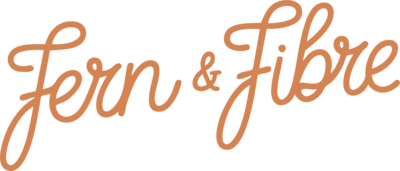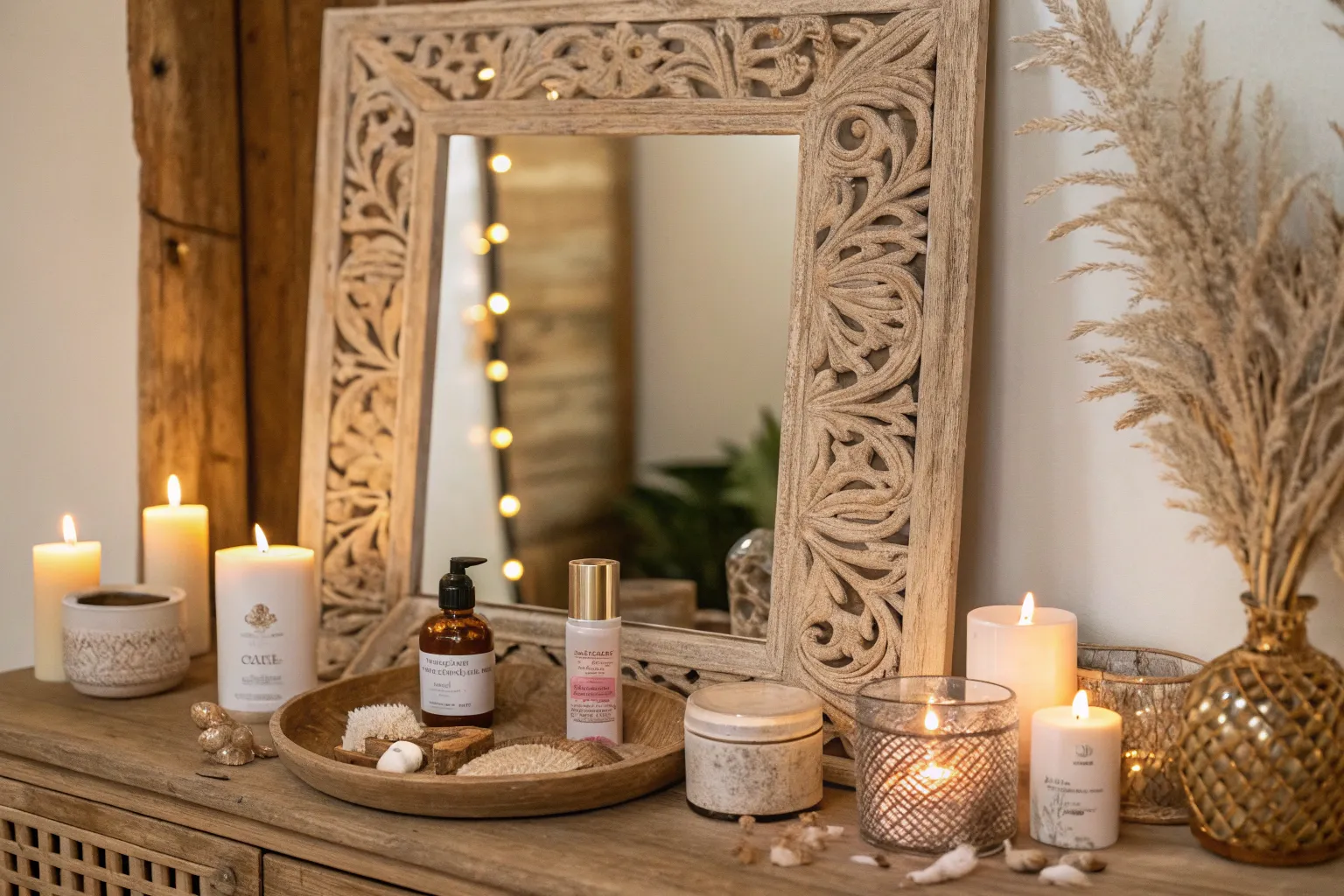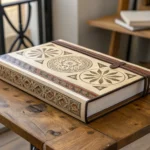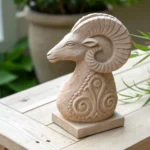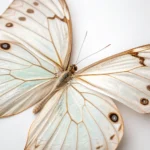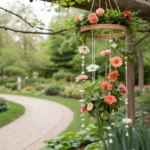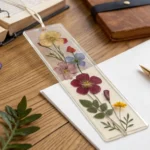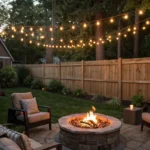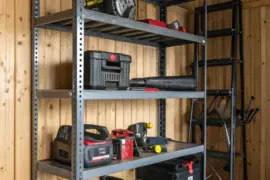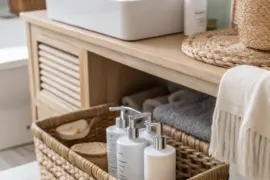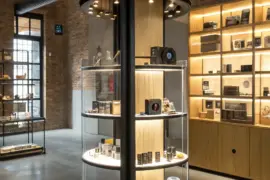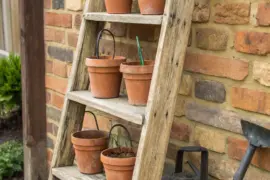Transform your daily mirror from a simple reflection into a meaningful celebration of your authentic self with this comprehensive DIY guide. Creating a personalized mirror offers profound opportunities for self-reflection, identity exploration, and emotional wellness while adding a unique artistic touch to your space.
Why Create Your Own Identity Mirror?
The relationship between mirrors and self-perception has deep psychological significance . In therapeutic practices, mirrors serve as powerful tools for self-awareness, helping individuals develop healthier relationships with themselves . When you craft a mirror that reflects your current identity, values, and aspirations, you’re creating more than décor—you’re establishing a daily reminder of who you are right now, in this moment of your life .
Research shows that personalized affirmation mirrors can significantly enhance self-esteem and promote emotional healing . I’ve witnessed clients experience transformative moments when they see themselves reflected alongside symbols and words that truly represent their authentic selves.
Understanding Mirror Psychology
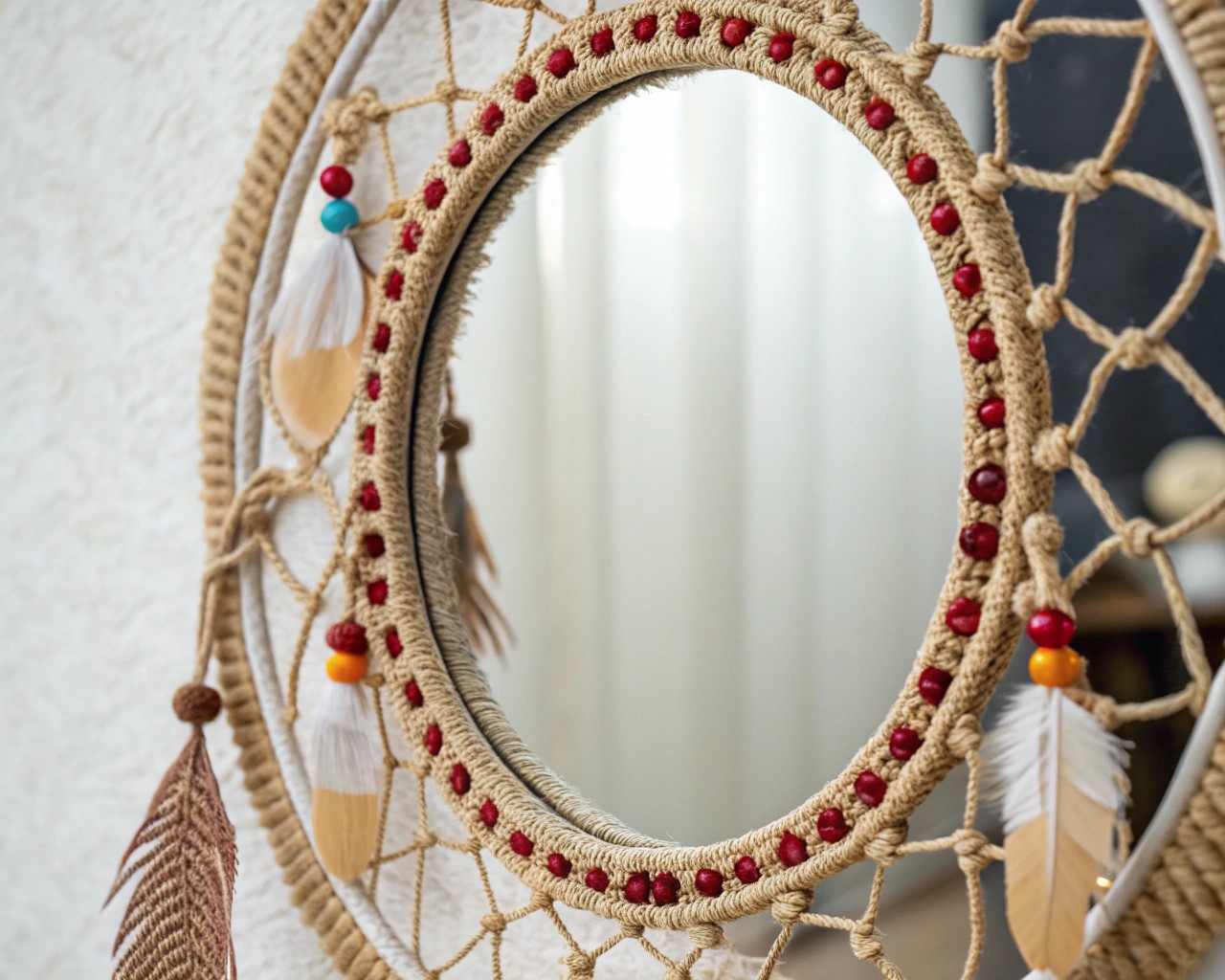
Before beginning your project, consider how mirrors function as psychological tools. Mirror work, a practice popularized in therapeutic settings, involves looking at yourself while speaking affirmations or exploring emotions . The concept extends beyond vanity—it’s about genuine self-acceptance and recognition of your worth .
When creating your identity mirror, you’re essentially building a tool for daily self-compassion practice. Each time you look into it, you’ll encounter not just your physical reflection, but visual reminders of your strengths, dreams, and current life chapter .
Materials and Supplies
Essential Components
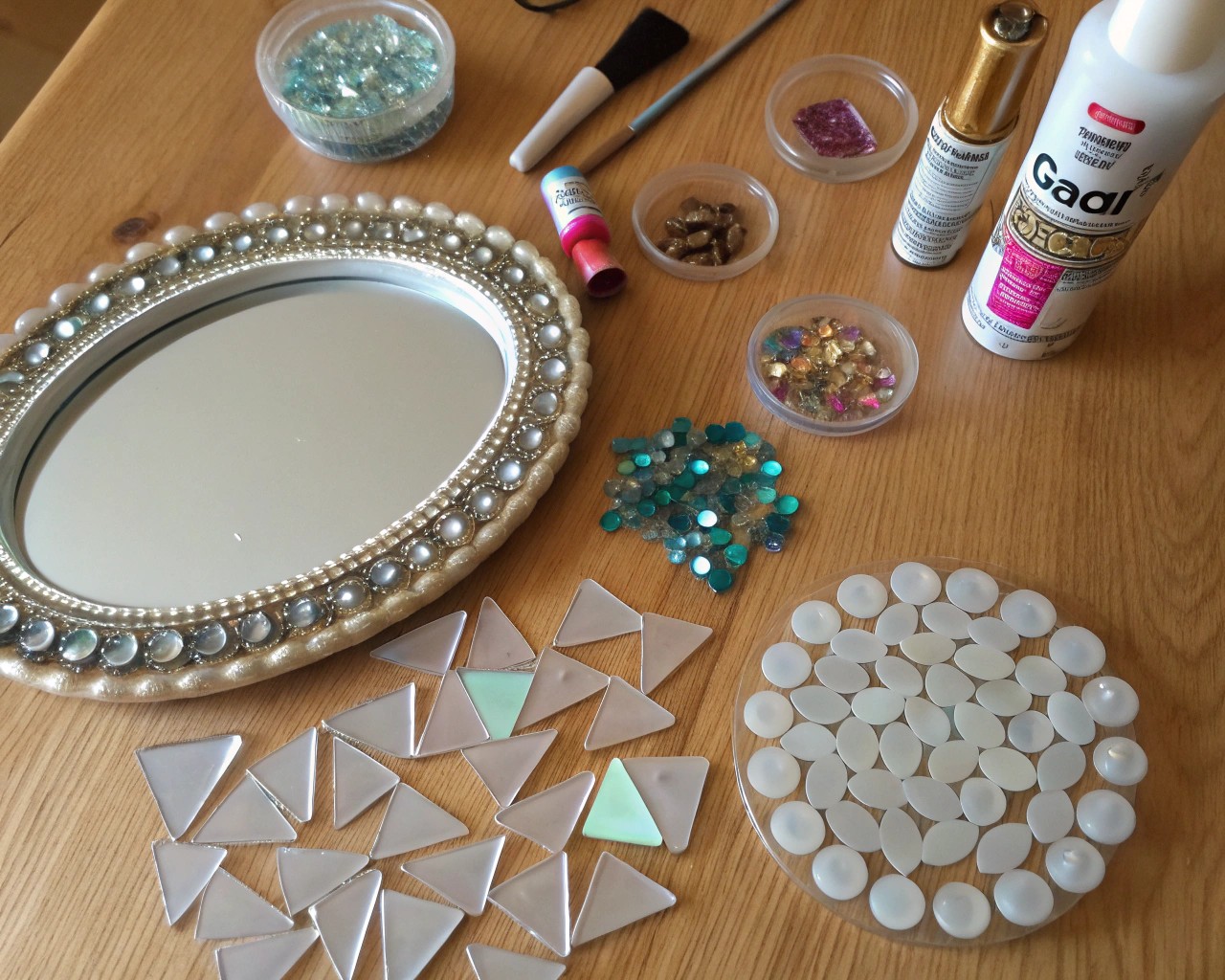
| Category | Items | Purpose |
|---|---|---|
| Base Mirror | Plain bathroom mirror, compact mirror, or mirror tiles | Foundation for your project |
| Frame Materials | Wood trim, MDF board, decorative molding | Creates structure and visual interest |
| Adhesives | Construction adhesive, mirror-safe glue | Secures elements without damaging reflective surface |
| Decorative Elements | Paint pens, vinyl letters, fabric, gems, natural materials | Personal touches that represent your identity |
Specialized Tools
- Miter box and handsaw for precise cuts
- Sandpaper for smooth finishes
- Measuring tape and pencil
- Level for proper alignment
- Safety glasses and dust mask
The key is selecting materials that resonate with your personal aesthetic while ensuring durability and safety around moisture if placing in a bathroom .
Design Planning: Reflecting Your Current Self
Self-Discovery Questions
Before touching any materials, spend time in genuine self-reflection. Consider these prompts that art therapists use for identity exploration :
- What qualities do I want to celebrate about myself right now?
- Which life experiences have shaped who I am today?
- What symbols, colors, or words represent my current journey?
- How do I want to feel when I see my reflection each day?
Visual Identity Mapping
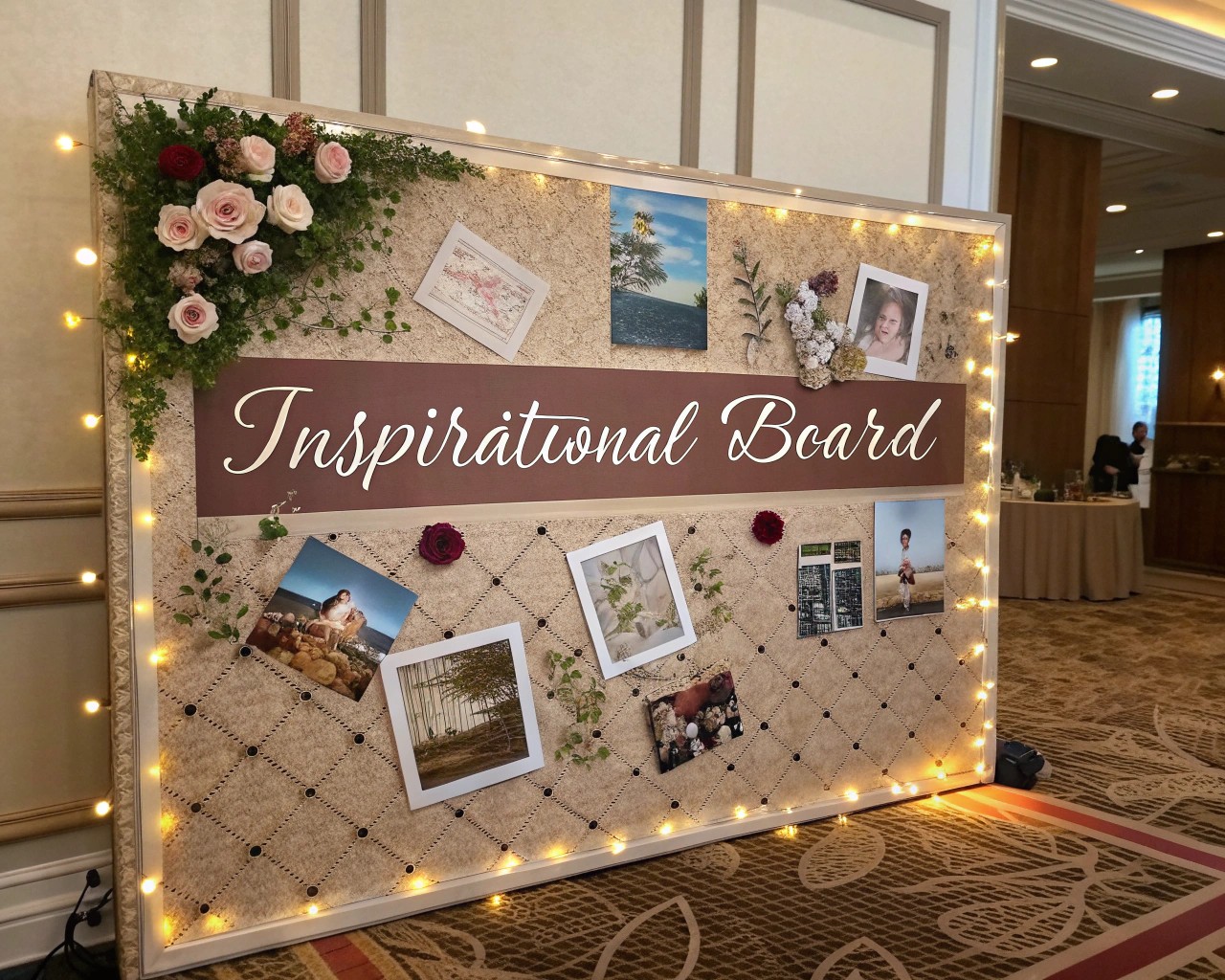
Create a mood board or collection of images that represent your current self . This might include:
Colors that reflect your personality or emotional state
Symbols representing your values, hobbies, or dreams
Words or phrases that affirm your worth and goals
Textures that appeal to your sensory preferences
I recommend spending at least a week collecting these elements. Your identity mirror should feel authentic rather than forced, representing who you genuinely are in this season of life.
Step-by-Step Construction Process
Phase 1: Base Preparation
Mirror Selection and Measurement
Start by carefully measuring your chosen mirror . Record both the outer dimensions and the thickness, as these will determine your frame requirements. Clean the mirror thoroughly with appropriate glass cleaner, ensuring no residue remains that could interfere with adhesion .
Frame Design and Cutting
Using your measurements, plan your frame design . For beginners, a simple rectangular frame works beautifully. Cut your wood pieces at 45-degree angles for professional-looking mitered corners . Sand all cut edges smooth to prevent splinters and ensure clean paint application .
Phase 2: Personalization Elements
Identity Symbols and Text
This phase requires the most thoughtful consideration. Based on your self-reflection work, begin incorporating personal elements . You might paint meaningful symbols directly onto the frame, apply vinyl lettering with affirmations, or create small collage elements that represent different aspects of your identity .
Consider using removable elements like small clips or magnetic strips, allowing you to update your mirror’s personal elements as you grow and change . This adaptability acknowledges that identity is fluid and evolving.
Color Application
Choose colors that support your emotional well-being . Warm tones often promote comfort and self-acceptance, while cool tones can encourage calm reflection . Apply primer first if painting wood, then build up your chosen colors in thin, even coats .
Phase 3: Assembly and Installation
Frame Assembly
Apply construction adhesive to your mitered joints and clamp securely . For additional strength, consider using finish nails driven at slight angles through the joints . Allow adhesive to cure completely before proceeding.
Mirror Attachment
Position your mirror within the frame, ensuring even spacing on all sides . Use mirror-safe adhesive applied in a zigzag pattern across the back of the frame where it will contact the mirror . Avoid getting adhesive on the reflective surface itself.
Mounting Considerations
Install appropriate hanging hardware based on your mirror’s weight . For bathroom installations, ensure adequate ventilation around the mirror to prevent moisture damage to your frame materials .
Therapeutic and Wellness Applications
Daily Mirror Work Practice
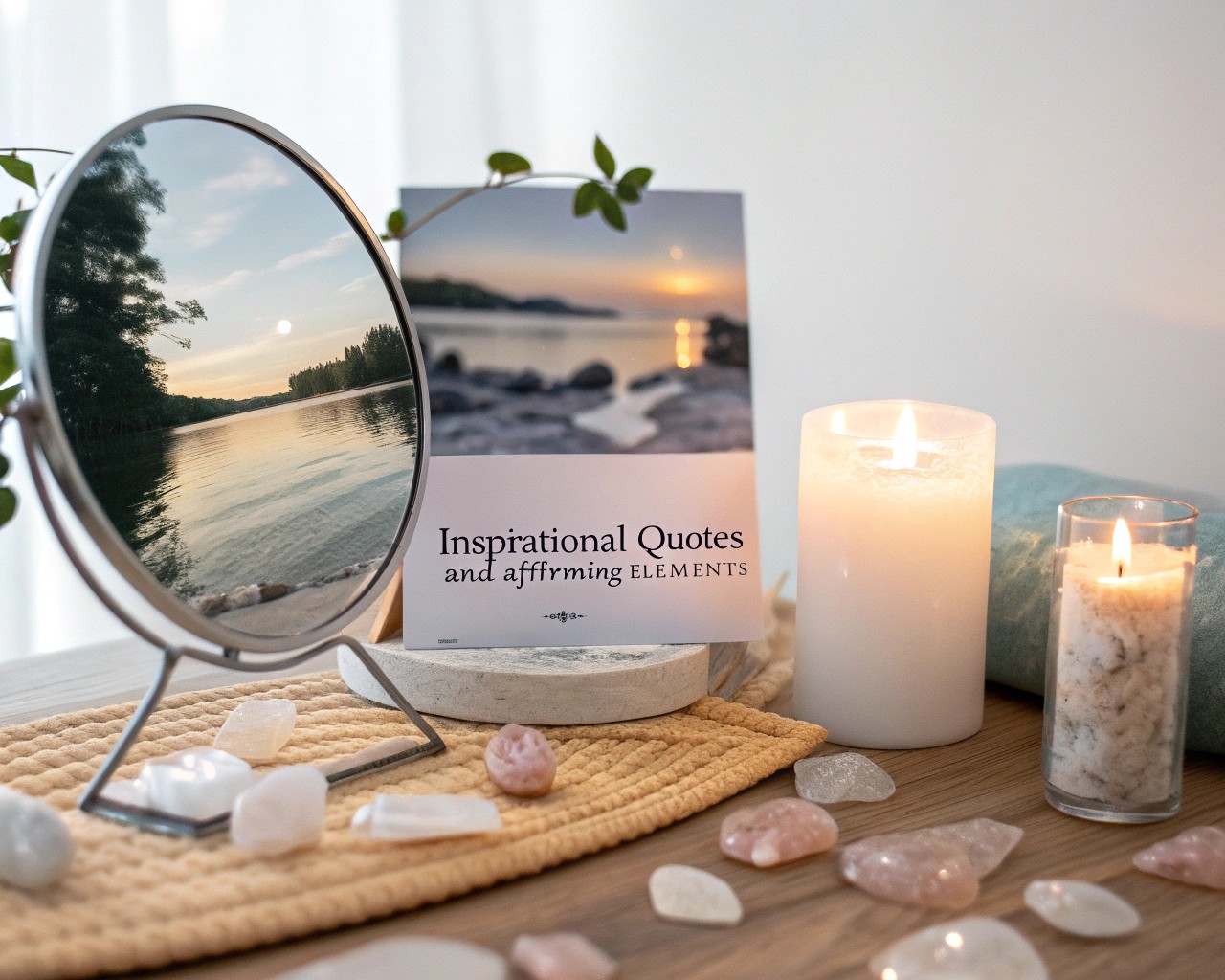
Transform your completed mirror into a tool for emotional wellness . Establish a morning routine where you look into your personalized mirror while practicing positive affirmations . The visual elements you’ve incorporated will reinforce these affirmations, creating powerful psychological anchoring .
Emotional Check-Ins
Use your identity mirror for regular emotional inventory . The personal symbols and elements you’ve included can prompt questions about your current emotional state and needs . This practice develops emotional intelligence and self-awareness over time.
Adaptive Elements
Consider incorporating changeable elements that can evolve with your growth . Small cards with affirmations, seasonal decorations, or photos representing current goals can be updated regularly, keeping your mirror relevant to your ongoing journey.
Safety and Maintenance
Material Safety
When working with wood and adhesives, always ensure proper ventilation . Wear safety glasses when cutting or sanding materials, and use dust masks to avoid inhaling particles . Choose low-VOC paints and finishes, especially for bathroom applications where ventilation may be limited.
Long-Term Care
Regular cleaning maintains both the functional and aesthetic aspects of your mirror . Use appropriate glass cleaners on the reflective surface and gentle, barely damp cloths on painted or decorated frame elements. Inspect mounting hardware periodically to ensure continued security.
Moisture Considerations
If installing in a bathroom, apply appropriate sealers to wood components . Consider the placement relative to shower areas and ensure adequate ventilation to prevent moisture damage to your personalized elements.
Troubleshooting Common Issues
Adhesion Problems
If decorative elements aren’t adhering properly, ensure surfaces are completely clean and dry . Some materials may require primer or special adhesives designed for their specific composition.
Frame Alignment
Misaligned frames often result from inaccurate measurements or cutting . Double-check all dimensions before cutting, and use a reliable miter box or saw for consistent angles .
Moisture Damage
Warping or peeling in bathroom installations usually indicates inadequate sealing or ventilation . Address these issues promptly to prevent further damage to your personalized elements.
Expanding the Concept
Multiple Mirrors for Different Spaces
Consider creating different identity mirrors for various spaces in your home . A morning affirmation mirror in the bedroom might focus on daily intentions, while a bathroom mirror could emphasize self-care and body positivity .
Family or Shared Versions
Adapt this concept for family use, with each member contributing elements that represent their current identity . This creates opportunities for meaningful conversations about growth, dreams, and family values.
Seasonal Updates
Plan for regular updates to keep your mirror aligned with your evolving self . Quarterly reviews of your personal elements ensure your mirror continues serving as an authentic reflection of who you are right now.
Your identity mirror becomes more than a DIY project—it transforms into a daily practice of self-recognition and acceptance. Each time you see your reflection surrounded by symbols, colors, and words that truly represent you, you reinforce your commitment to authentic self-love and continued growth. The mirror you create today reflects who you are in this moment, celebrating your journey while supporting your ongoing evolution.
